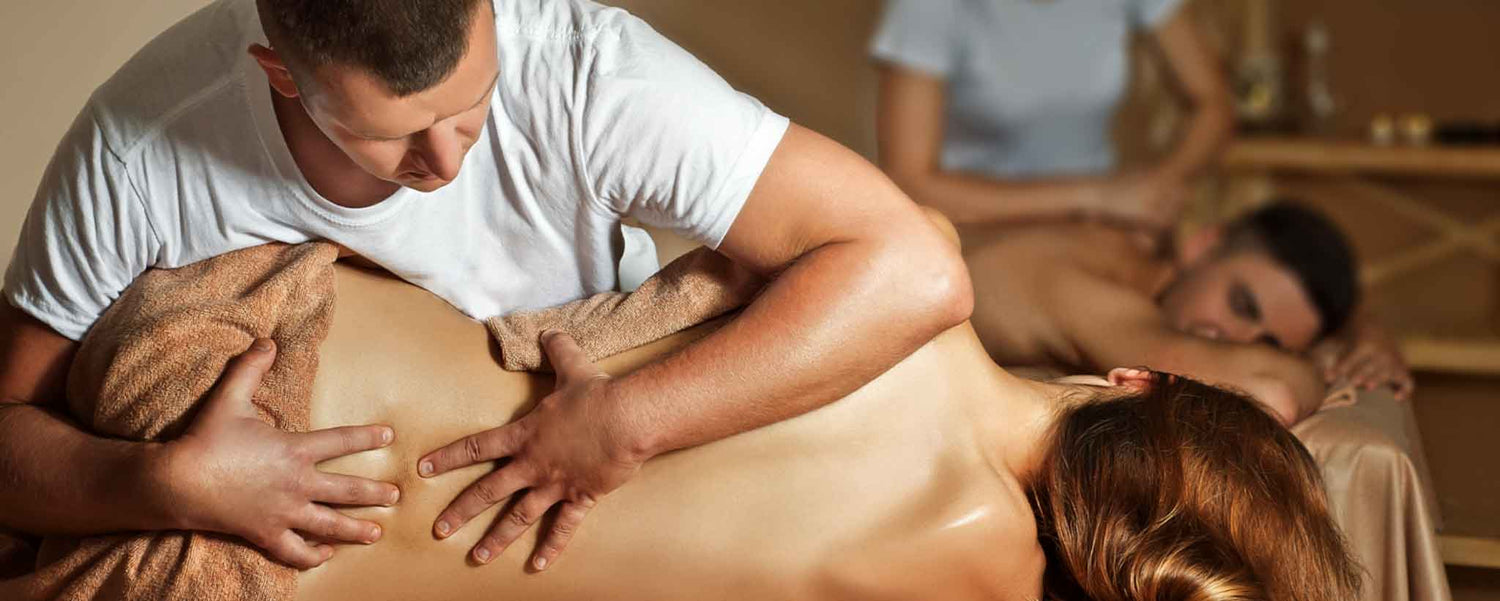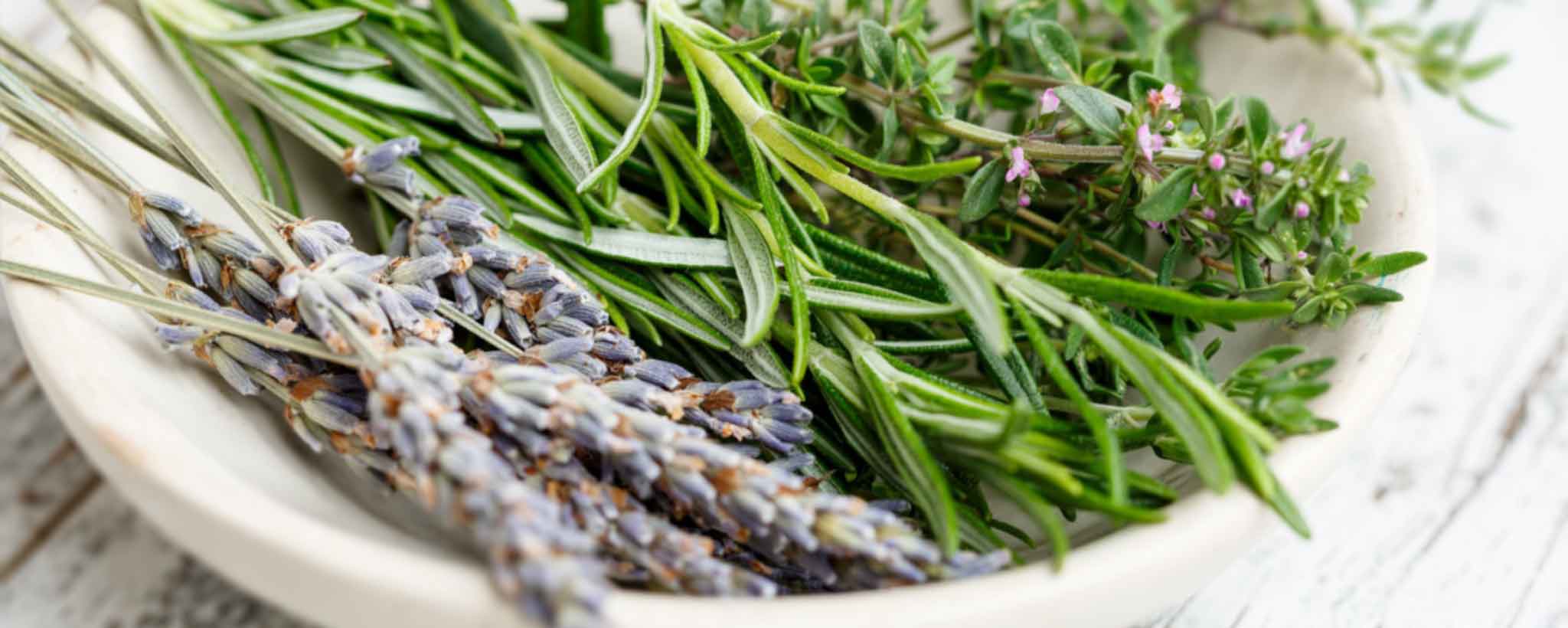Spinal surgery for scoliosis is more of an aesthetic remedy than a medical resolution. What are the considerations before going under the knife?
Publish 9 November, 2021
Identify Your Objective
Some people with mild scoliosis can spend their lives without knowing about it. In severe scoliosis, spinal contortion affects more than the vertebrae. Lungs and other internal organs compress and fold as they adapt to the curvature. The range of the curve can fall anywhere between these two extremes. You may have a lot of questions if you or your loved one starts to develop abnormal posture.
What if you, your parent, or your child has scoliosis? Do children inherit it? If so, what are possible scoliosis complications? Is surgery necessary? How effective are non-surgical treatments? This article answers these questions and many more.
What Is Scoliosis?
Scoliosis is an abnormal curvature in the spine or backbone that can curve left, right, or both ways in the form of ‘S’ or 'C.’ People of all ages can have scoliosis. It is most common before puberty, at 10–15 years of age. Females are almost eight times more likely to develop scoliosis.
What Causes Scoliosis?
According to the American Association of Neurological Surgeons, 80% of all scoliosis is idiopathic. [1] This means that the specific cause of an individual’s scoliosis is unknown. Scoliosis can be idiopathic, congenital, degenerative, syndromic, or neuromuscular.
Can Children Inherit Scoliosis?
Children of scoliotic parents can develop a spinal curve. This does not mean that if your parents had it, you must also have it. Some experts believe scoliosis is a genetic predisposition rather than a purely hereditary disease. There is a difference between the two.
Hereditary scoliosis means that children inherit defective genes from their parents. With a genetic predisposition, some people may develop it and others may not. Congenital scoliosis occurs during fetal development in the uterus. With variable severity, there can be a malformation of vertebrae.
Neurological and Degenerative Scoliosis Causes
Certain neurological and muscular diseases can cause neuromuscular scoliosis. [2] Trauma to the spinal cord or any muscle-weakening disease can lead to scoliosis. Degenerative scoliosis results from gradual asymmetrical disc degeneration. It causes scoliosis of 30–40 degrees. With degenerative scoliosis, there is difficulty standing upright. Degenerative scoliosis is manageable with exercise and healthy lifestyle choices. If this scoliosis progresses over time, consult an orthopedics doctor.
Will Non-Surgical Intervention Work?
Non-surgical treatment is the first choice to address scoliosis. Options depend upon the age and severity of the curve. Medical history influences treatment choice. Whether you are developing scoliosis or not, good sitting posture is essential to retain the best spinal alignment. Back braces assist scoliotic patients.
How Can Braces Help Scoliosis?
Before skeletal maturity, bracing is the most suitable option. Growing children with a curve of 25–40 degrees have more chances of recovery. Bracing can limit the progression of scoliosis in almost 80% of children. Patients wear braces for 16–23 hours per day until the spinal curve stabilizes.
Can Therapeutic Exercises Help?
Therapeutic exercises may improve scoliosis symptoms. Postural correction exercises help patients participate in daily life activities with correct posture. Mitigate symptoms of scoliosis with body strengthening. Low-impact exercises like swimming can strengthen the core structure.
What Is the Schroth Method?
Schroth Method combines a series of exercises to improve mobility, mitigate pain, and improve lung function. [3] It aims to bring the spine into a neutral position. Rotational angular breathing is a special technique of the Schroth Method. This technique restructures the rib cage through breathing exercises.
Does Mehta Casting Help Toddlers With Scoliosis?
Physicians use Mehta casting to treat severe scoliosis in toddlers. A special cast surrounds the back and chest to correct the spinal curve. [4] As the child grows, physicians change the cast every 2–3 months until treatment is complete.
Are Home Remedies Effective For Scoliosis?
Mild to moderate scoliosis is treatable with home exercises and physical therapy. Choosing the right exercise for each patient is key. Some doctors recommend yoga to improve posture.
Ice/Heat Therapy and Pain Management In Scoliosis Patients
Applying hot compresses improves blood circulation and healing. Cold compresses reduce inflammation. To manage pain, doctors often recommend non-steroidal anti-inflammatory drugs (NSAIDs). Some physicians also suggest massages for better blood circulation and healing.
When Surgery Is The Only Option
In severe scoliosis, the rib cage may press against the lungs and heart, impairing respiratory and cardiology function. [5] If non-surgical interventions are ineffective, then surgery is a suitable option. Orthopedic surgeons may recommend spinal realignment using rods and pins when the curvature is greater than 40 degrees. Though posture improves, limited mobility, shoulder blade misalignment, and other issues are common.
Future Outlook For Scoliosis Patients
If you or your child is genetically predisposed, consult a doctor as early as possible. Scoliosis is manageable with non-surgical interventions. A combination of exercises, bracing, and physical therapy can reduce scoliosis symptoms. The effectiveness of the treatment depends upon early diagnosis.
Parents should discuss a child’s observable posture deformity with a pediatrician or orthopedics specialist. Non-invasive treatments help many patients participate in most physical activities.
To support the writing of scholarly articles about orthopedics, ClinicalPosters sells human anatomy charts, scientific posters, and other products online. You may sponsor specific articles or remit a small donation.
ClinicalPosters sells human anatomy charts, scientific posters, and other products online to offset expense of the writing useful articles about orthopedics. Slide extra posters into DeuPair Frames without removing from the wall.
Show your support by donating, shopping for ClinicalPins, or leaving an encouraging comment to keep the research going.
To support the writing of useful articles about orthopedics, ClinicalPosters sells human anatomy charts, scientific posters, and other products online. You may sponsor specific articles or remit a small donation.
ClinicalPosters sells human anatomy charts, scientific posters, and other products online to offset expense of the writing useful articles about orthopedics. Slide extra posters into DeuPair Frames without removing from the wall.
ClinicalPosters sells human anatomy charts, scientific posters, and other products online. You may remit a small donation.
You can support the writing of useful articles about orthopedics by sponsoring specific articles or remitting a small donation. Visible content is optimized for device size.









 Romance & Health Intertwine. Fall in love with a captivating romance miniseries that explores the essence of well-being. Become a ClinicalNovellas library member for heartwarming tales.
Romance & Health Intertwine. Fall in love with a captivating romance miniseries that explores the essence of well-being. Become a ClinicalNovellas library member for heartwarming tales.




